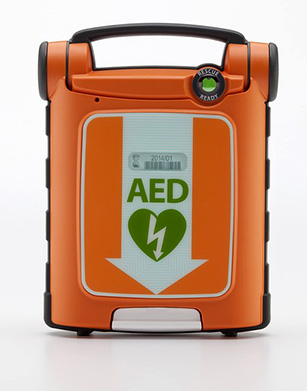LED lights can save money, provide better coverage for stadiums
Chris Campolieta was ecstatic when last year his school finally made some much-needed improvements to its stadium, including a new field, bleachers and press box. But what thrilled him most was the upgraded lighting system that would illuminate it all.
While turf surfaces and gigantic videoboards tend to steal the spotlight at most athletic facilities, LED lighting is garnering more attention for its innovation and cost-saving potential. The metal halide lights that tower over most fields are aged and inefficient, and more schools are looking for alternatives as they undergo capital projects.
“When it comes to our facilities, the biggest thing I like to talk about is the lights,” said Campolieta, director of athletics at Baldwinsville Central School District in New York.
Campolieta stops short of characterizing the metal halide lights as “old-fashioned,” but he admits just turning them on was a bit of process and could take several minutes before they reached full strength. That’s no longer the case.
 Technology has brought coaching aids, game film and training into the 21st century, and over the last few years innovations have made their way into athletic facilities. Baldwinsville Central’s new LED lighting was provided by Eaton’s Ephesus Lighting, which has outfitted nearly two dozen professional venues. The innovative system can be turned on from Campolieta’s smartphone, where he can even adjust the light’s intensity depending on what’s taking place at the stadium. The features have impressed the coaches and athletes, who are accustomed to a lengthy wait.
Technology has brought coaching aids, game film and training into the 21st century, and over the last few years innovations have made their way into athletic facilities. Baldwinsville Central’s new LED lighting was provided by Eaton’s Ephesus Lighting, which has outfitted nearly two dozen professional venues. The innovative system can be turned on from Campolieta’s smartphone, where he can even adjust the light’s intensity depending on what’s taking place at the stadium. The features have impressed the coaches and athletes, who are accustomed to a lengthy wait.
“I have to train my coaches how to use the lights because they’re practicing at night, and they’re like little kids when you’re showing this to them,” Campolieta said. “Then you’ve gotta see the athletes’ faces because they’re on the field, we’re pressing buttons and the lights go on instantly. That’s pretty cool.”
What’s most enticing about LED lighting is the potential cost savings associated with it. Older systems were not built for efficiency and could not instantly turn off, raising utilities costs for school districts already grappling with budget cuts. Because LED lights use less energy than metal halide lights, it’s often easier for athletic directors to make the case for upgrades because the new systems pay for themselves over the long term.
Campolieta can’t put an exact figure on his school’s savings, but he said money was a “huge factor” in making the switch to LED lights. The new systems were installed onto the stadium’s existing poles, and Campolieta said the state-of-the-art lights could last up to 50 years.
“Cost was a big sell to it,” he said. “We’re just going to end up saving more money down the road because of the expense of electricity and all of that.”
Baldwinsville Central’s facilities project brought several new upgrades, from the turf field to the windscreens that adorn the bleachers. Campolieta said none of it would look the same if it weren’t for the bright stadium lights.
Critics of metal halide systems often complain of “dead spots” on their fields, areas where the lights don’t shine as bright as they do on the 50-yard line. Proponents of LED systems say not only are “dead spots” not an issue, but light pollution that can be problematic for neighboring homes is eliminated.
Campolieta said the way the lights illuminate the field has undoubtedly impressed visitors and brought more attention to the stadium. Baldwinsville Central recently hosted the boys soccer sectional final for the first time, and Time Warner Cable televised two football games last year.
“Part of it was our phenomenal football program,” he said, “and with HD and the lighting, it really captivates audiences, shows a great field and a great game.”






